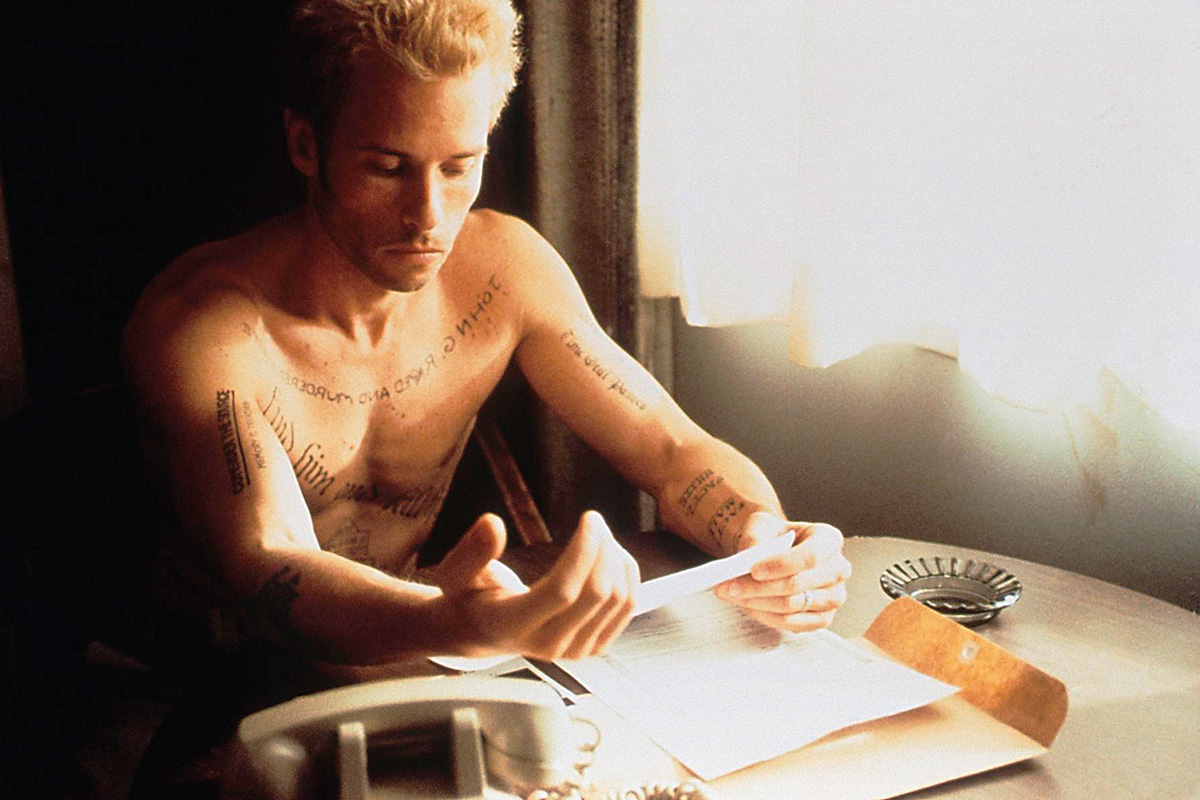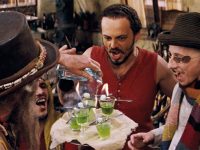
In last month’s «Science stills» we talked about Tenet by Christopher Nolan, one of the most controversial directors in cinema today. You either love him or you can’t stand him. If I had to take sides, it’s clear to me: I’m a Nolan fan. Few directors have been able to combine the most commercial action films with twisted stories, surprising plot twists and science-heavy plots (not always correct, I have to admit). Add to this the fact that the music for many of his films is provided by another of the most revered and controversial composers, Hans Zimmer. My opinion of him is also clear.
In one of his first films, Memento, the plot revolves around a man, Leonard, who suffers from anterograde amnesia, the inability to create new memories, as a result of an accident. He guides himself by taking snapshots and tattooing important things on himself. With this strategy, he tries to find the person who murdered his wife and caused his condition, in order to take revenge. The originality of the story lies in the fact that it is told backwards. It starts at the end and then builds up to the beginning, when the viewer finally discovers the circumstances of Leonard’s attack. The fact that the story is told backwards does not mean that the characters walk backwards or that the audience cannot understand them when they speak. The director uses small snippets of action, but each new snippet takes place in the moment immediately before the one we have just seen, so the story is told ten minutes at a time. This is the problem of living in a universe where time only flows in one direction. If you want to make fiction that does not obey this rule, you have to invent some kind of narrative device.
There are other examples of unidirectional phenomena in nature. For example, DNA is made up of two complementary strands facing each other, with the peculiarity that the junction is antiparallel. One strand has the orientation 5′-3′ and the other, the opposite, 3′-5′. This nomenclature refers to the carbon atom attached to the phosphate group. Here is the problem. Thanks to a classic 1957 experiment by Matthew Meselson and Franklin Stahl, we know that DNA replicates in a semi-conservative manner. This means that the two strands separate and each serves as a template for a new strand, so that in the two newly formed double helixes, one strand is old and one is new. DNA is replicated by a complex molecular machinery that can only synthesise a new strand in one direction, 5′-3′. So we have a problem: we can copy one strand, but not the other. Here we have a topological problem similar to the one Christopher Nolan had when he told the story of Memento backwards. In principle, the molecular machinery of replication would not fit into either strand; it would be like trying to put your left shoe on your right foot.
And yet life exists. Nature had to come up with a way of replicating DNA. And the solution was exactly the same as the one chosen by Christopher Nolan millions of years later. Replication takes place on both strands at the same time. One is made continuously and the other is copied discontinuously in small fragments to preserve the sense of the copy. These fragments are called Okazaki fragments, which, once synthesised in fragmentary form, simply join together to form a complete chain. Nature is much more amazing than fiction.





